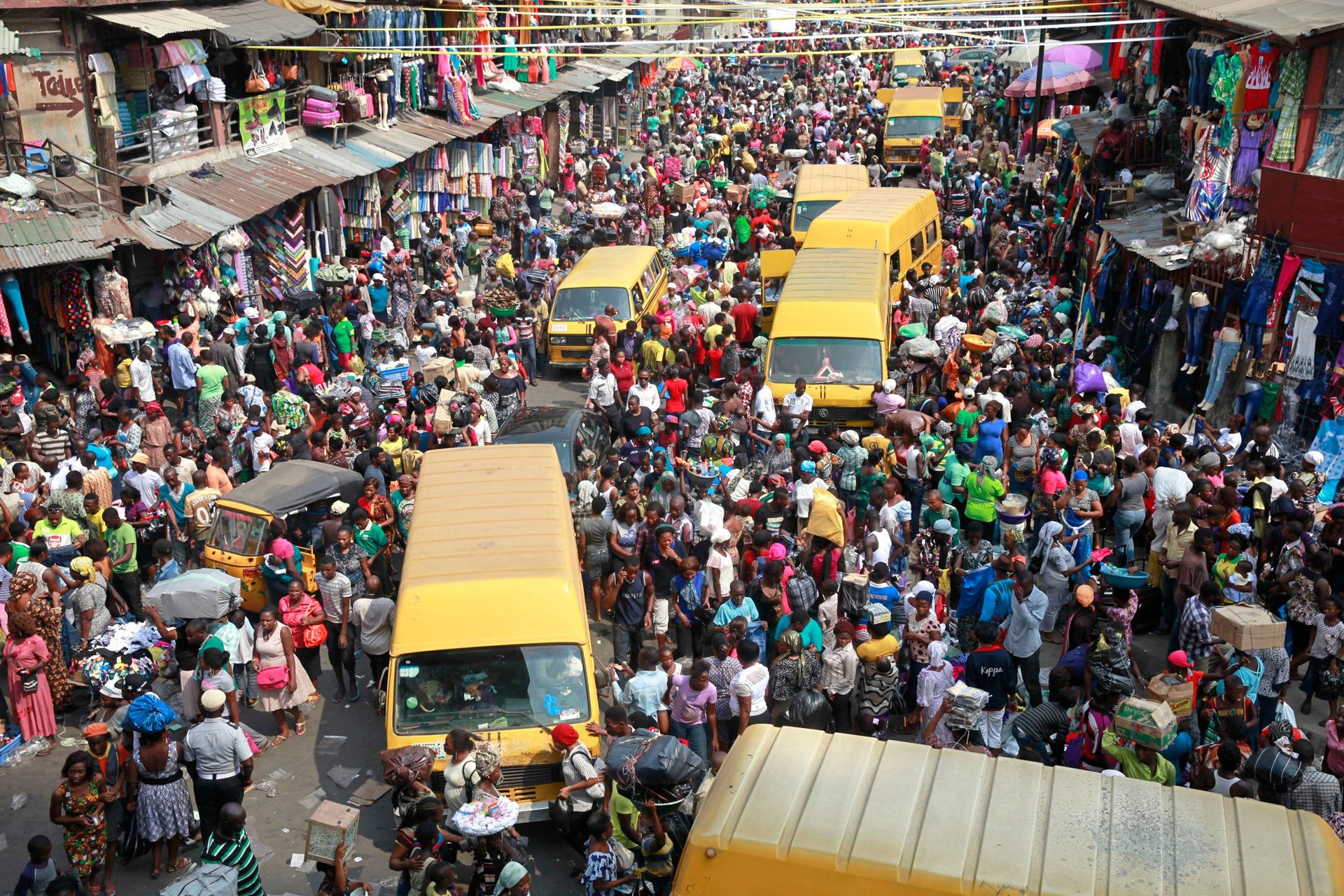The Africa rising story isn’t over yet
The idea that African economies are on the way up first became popular around 2010, buoyed by a commodities boom and improved governance across the continent. Now, with flat commodity prices and slowing demand from China, the narrative of “Africa Rising” has mostly fallen out of fashion.


The idea that African economies are on the way up first became popular around 2010, buoyed by a commodities boom and improved governance across the continent. Now, with flat commodity prices and slowing demand from China, the narrative of “Africa Rising” has mostly fallen out of fashion.
Nigeria, the continent’s largest economy, has officially slipped into a recession. In South Africa, Africa’s second largest economy, nominal GDP has fallen an average of 7% a year over the last four years, in part the result of the rand’s free-fall. Economists have predicted that this year economic growth for sub-Saharan Africa could fall behind that of the world for the first time in 16 years.
But over the past few months, economists and analysts have become cautiously optimistic. The African Development Bank believes the worst of the downturn is over, predicting economic growth for Sub-Saharan Africa of 3.7% next year and 4.2% in 2018. That’s up from 3.5% in 2015, the continent’s slowest pace in 15 years.
“We have a situation of economic headwinds, but African economies are quite resilient. We have 19 countries growing at 3 to 5 percent and 21 countries growing at over 5 percent. Africa isn’t falling apart. The ‘Africa Rising’ story isn’t over,” Akinwumi Adesina president of the AFDB told Bloomberg this week.
Reasons for this optimism include technology like mobile money, which has given more individuals and businesses access to reliable payments, governments spending on needed infrastructure, improved business environment, and a population boom that could put African countries in the so-called demographic sweet spot. This year, Kenya, Senegal, and Côte d’Ivoire are all expected to grow more than 6% (pdf, p.22), according to the International Monetary Fund.
Even China’s slowdown, if accompanied by a rebalancing of the Chinese economy, could be good for Africa, according to World Bank economists. As Chinese consumption increases and the country relies more on its services sector, imports from Africa should expand, according to a June report (pdf), predicting that this combination could increase GDP in Sub-Saharan Africa by 4.7 percent by 2030 as well as reduce poverty slightly.
Yet the most important reason for optimism may be the expansion of businesses and sectors not related to commodities—the kind of diversification that economists have long been calling for in African economies.
Nigerian president Muhammadu Buhari said this week that investment as a share of the country’s GDP is at its highest since 2010, proof that the government’s focus on things like infrastructure, agriculture, and manufacturing has begun to pay off. And Nigeria is attracting investment for reasons other than its oil reserves.
“People are seeing and seizing opportunities to make money catering to the needs of Africa’s most populous country,” the president wrote in an editorial.
Today, there are 700 companies across the continent with annual revenue of more than $500 million, with as much as 70% of revenues coming from industries like retail, financial services, or transportation, according to McKinsey, the consultancy that first popularized the idea of “Africa Rising.”
These forecasts are a far cry from the 6.8% growth sub-Saharan Africa averaged between 2003 and 2008, and economic prospects still vary widely across the continent, with drought, political instability, and poor policies posing obstacles in some of the countries with the highest potential. But there is reason to believe Africa is still rising—just a little more slowly and unevenly than we expected.